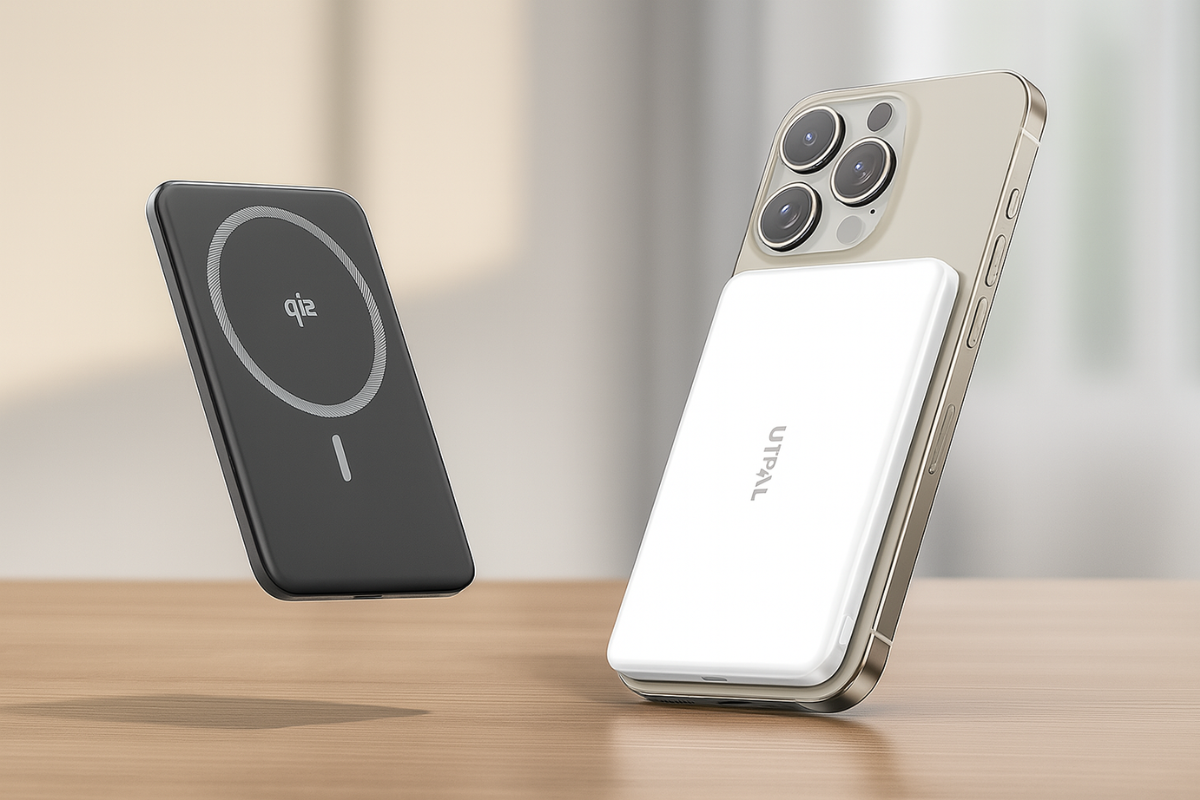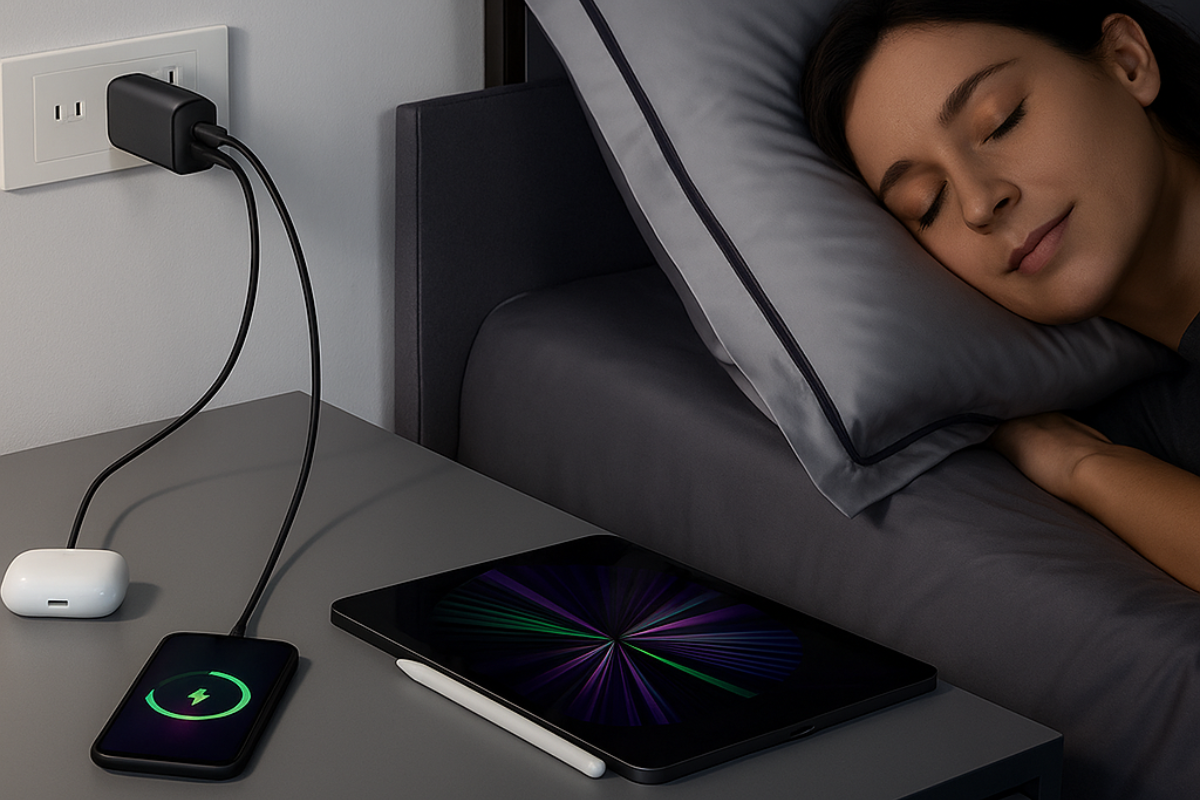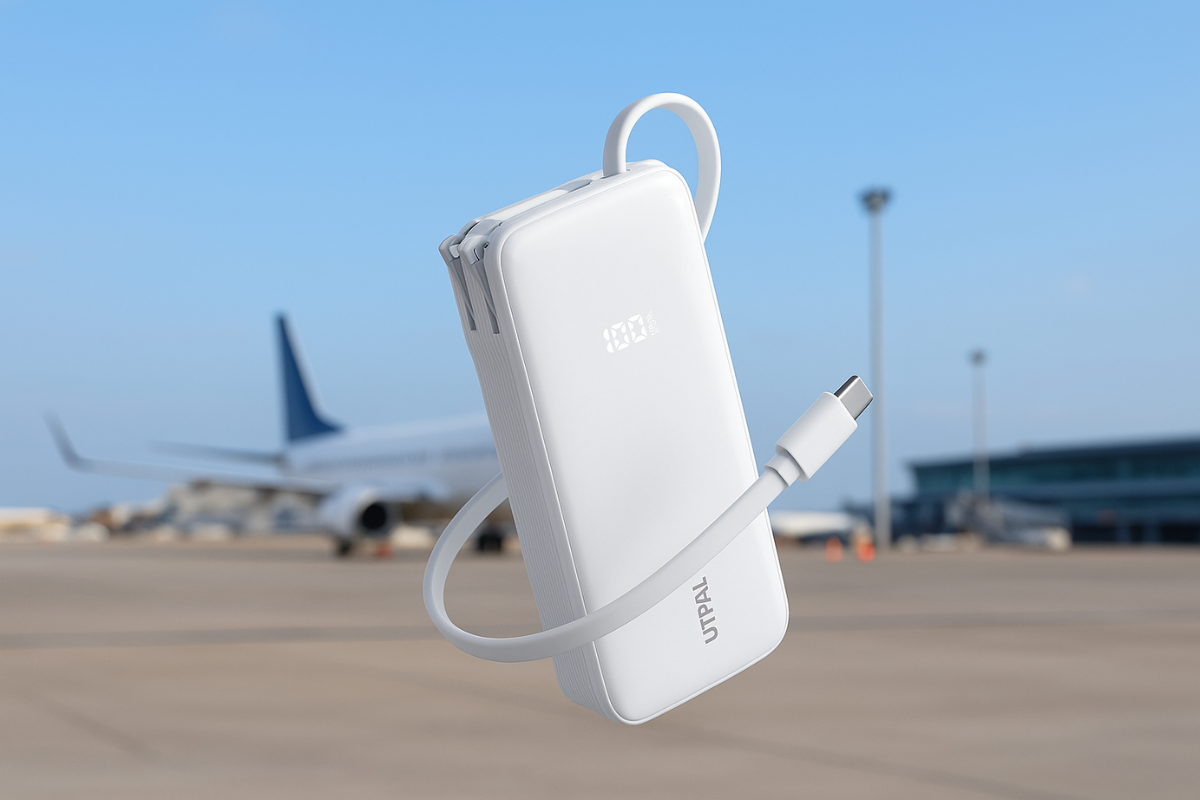At UTPAL, we believe in powering your everyday life with safety and insight. One of the most common questions we hear is: "Is MagSafe bad for battery?" As MagSafe becomes more popular, understanding its impact on your device's battery health is essential.
This guide breaks down what MagSafe charging really is, addresses user concerns, and shares expert-backed tips to help you make the most of your device without sacrificing longevity.
Understanding MagSafe Charging
MagSafe is Apple’s proprietary wireless charging technology. It uses built-in magnets to snap your iPhone into place, ensuring optimal alignment and stable charging via electromagnetic induction. It's used in a range of products, from phone chargers to portable battery packs.
Why It Matters: MagSafe offers cable-free convenience and faster wireless charging—but it also raises questions about heat, wear, and battery health.
Why Do People Have Concerns?
1. Heat Generation
Wireless charging typically produces more heat than wired methods. Over time, excess heat can degrade battery capacity.
UTPAL Tip: If your phone or charger gets unusually hot, remove it and allow it to cool. Ensure proper airflow and avoid covering the device while charging.
2. Repeated Attachment/Detachment
Frequent snapping on/off of MagSafe chargers might cause minor wear to the magnetic ring and connectors over time.
UTPAL Tip: Use certified accessories and avoid pulling or jerking the device when removing it from the charger.
3. Fast Charging Stress
MagSafe can deliver up to 15W of power, which is faster than standard Qi charging but may contribute to higher heat.
UTPAL Tip: Use MagSafe charging when you need a quick top-up. For overnight charging, consider slower alternatives or enable features like Optimized Battery Charging.
Should You Stop Using MagSafe?
Not at all. Apple has designed MagSafe with safety in mind. When used properly, it won't harm your battery. But like any technology, it works best with proper habits.
To protect your battery long-term:
-
Avoid charging in hot or enclosed environments
-
Unplug after reaching 100% when possible
-
Don’t always rely on fast charging
Tips for Optimizing Battery Health with MagSafe
-
Stick to Official or Certified Accessories
UTPAL recommends using Apple-certified or high-quality third-party options to ensure optimal safety and performance. -
Avoid Extreme Temperatures
Don’t charge your device in direct sunlight or freezing conditions. -
Don’t Wait Until 0%
Try charging when your battery dips to 20–30% and unplug around 80–90%. -
Enable Battery Health Features
Use iPhone’s Optimized Battery Charging to delay charging past 80% during idle periods. -
Use a Clean Surface
Dirt and metal particles can interfere with wireless charging and cause overheating.
Final Verdict
MagSafe charging is not inherently bad for your battery. When used correctly—and paired with smart charging habits—it’s a safe, convenient way to stay powered up. For iPhone users looking to balance speed and safety, MagSafe is a solid option.
FAQ
Can MagSafe overcharge my iPhone?
No. iPhones are designed to stop charging at 100% and regulate current to preserve battery health.
Is it okay to charge overnight with MagSafe?
Yes, especially if you enable "Optimized Battery Charging" in iOS settings.
Does MagSafe reduce battery lifespan?
Not directly. But heat buildup from prolonged wireless charging may affect battery health over time. Following tips above can help mitigate this.
Lightning vs. MagSafe – which is better?
Lightning generally charges faster and generates less heat. MagSafe wins on convenience. Use each depending on your needs.




